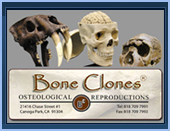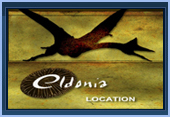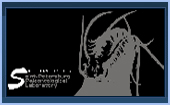Walliserops trifurcates(월리세롭스 트리푸르카투스)-20130701  (해외배송 가능상품)
(해외배송 가능상품)
| 상품명 | Walliserops trifurcates(월리세롭스 트리푸르카투스)-20130701 |
|---|---|
| 제조사 | fossilworld |
| 원산지 | Morocco |
| 소비자가 | |
| 판매가 | 1,850,000원 |
| 상품코드 | P0000TFV |
| 수량 |   |
| 할인판매가 | 1,757,500원 (최대 92,500원 할인) |

(최소주문수량 1개 이상 / 최대주문수량 1개 이하)










































 수량을 선택해주세요.
수량을 선택해주세요.





































